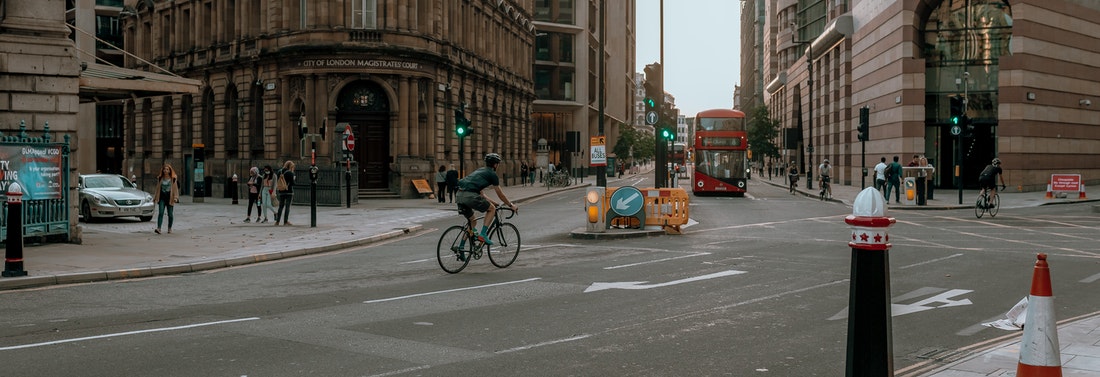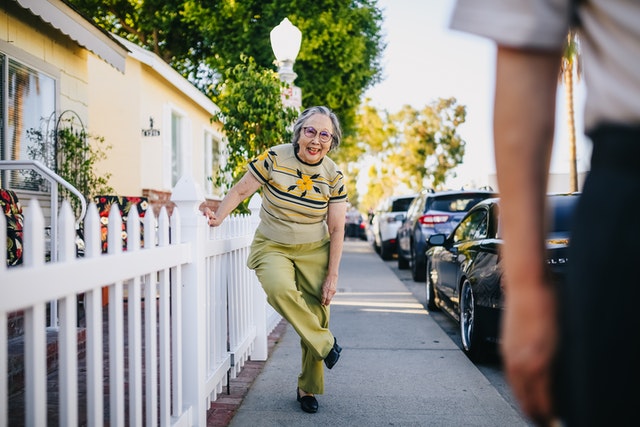What Makes a Walkable City Perfect for Travellers?
Do you know the walk score of the city where you live? This tool ranks your community on a scale from car-dependent to walker’s paradise, depending on how many amenities you can reasonably reach by foot.
Improving a location’s walk score is vital for all cities as society fights global warming. However, it becomes even more important to attract tourist revenue. Here’s what makes a walkable city perfect for travellers.
1. They Encourage a Friendly Sense of Community
Many people complain about how alienated they feel in modern life. Fully a quarter of all millennials don’t know any of their neighbors, but the blame doesn’t lie with introverted tendencies. It’s tough to meet the folks around you when your only interaction is a brief wave before climbing into your car.
However, walkable cities encourage people to encounter the folks near them, fostering friendly relationships. As a result, they can even become more open and less guarded and suspicious. A lost, weary traveler is more likely to approach someone with a relaxed smile for directions instead of wondering where to turn.
2. They Prioritize Public Safety
People don’t leave their need for security at home when they travel – it has become more important than ever. Walkable cities soothe tired travellers’ nerves, assuring them they can obtain anything they may have forgotten without going far from their hotel or Airbnb.
Such cities often go further by installing barriers to protect pedestrians from train tracks and vehicular traffic. They may erect covered public transportation hubs that double as spots for weary pedestrians to take a load off their feet or escape the elements.
Some employ technology to minimize exhaust emissions from idling cars while protecting those on foot. Smart street lights use sensors to detect when someone in a wheelchair approaches the crosswalk, allowing them a few extra moments to cross safely.
3. They Help Local Businesses Thrive
How often do you drive past a shop or restaurant that looks interesting, vowing to go back “someday”? How many of those plans come to fruition?
The most walkable cities benefit local businesses by driving foot traffic directly to their door. Think about it: you might have to maneuver around the block several times or use a parking garage several streets over if you want to casually swing into that cute new bakery you just spotted. Pedestrians don’t have to do anything besides reach up and pull the door handle, reading, “Come in, we’re open.”
This feature makes a walkable city the perfect destination for souvenir-thirsty travellers. They love having the option to comparison-shop, spending a pleasant afternoon going from store to store while seeking the ideal treasure for the folks back home.
This also has a strong benefit for the local community. Money spent within a local economy, especially on women-owned businesses or business operated by locals generally, has a multiplier effect that can lift up the entire region.
4. They Minimize Smog and Pollution
Human beings have a limited time to address climate change, which is driving the way young people spend their hard-earned money. Many will pay more for sustainability, making walkable cities a more natural fit for their tourist dollar.
They’ll breathe far more freely when they arrive. Each standard passenger vehicle emits roughly 4.6 metric tons of carbon dioxide each year. The more cars clogging city streets, the more smog a location has. Heavy particulate matter can make it hazardous to exercise outdoors and aggravate asthma. Travellers appreciate seeing the sites without coughing and sneezing.
5. They Provide Inexpensive Public Options for Weary Travellers
Traveling hasn’t gotten any less expensive since the pandemic began. Many people put off vacations long enough as they save money for hotels and airfare. Additionally, more travellers are aware that relying heavily on planes and personal vehicles for transportation can have a negative enviornmental impact.
The most walkable cities are perfect for travellers because they provide plenty of inexpensive public transportation options. Visitors don’t have to rent a car or pay high cab fares to visit nearby attractions when they can take a bus. Furthermore, they reduce their own carbon footprint while still finding ways to explore a region.
Some cities go further by providing bike-share systems that allow tourists to grab a set of wheels and return it when they reach their destination.
What Makes a Walkable City Perfect for Travellers?
Many of the same features that make a location desirable for residents make it more attractive to visitors. Improving your city’s walk score is one way to encourage tourism and the associated economic benefits.
Walkable cities are perfect for travellers for all the reasons above. Full-time residents will also reap the perks of cleaner air and a safer, more welcoming environment.
Author Bio: Evelyn Long is a writer and the editor-in-chief of Renovated. Her work focuses on green building and sustainability initiatives.




